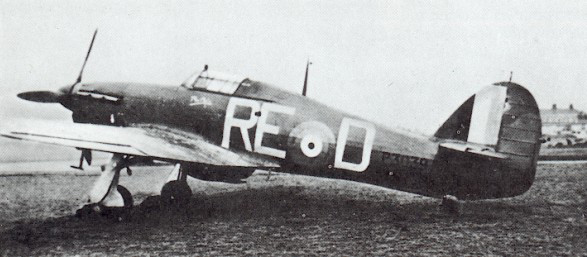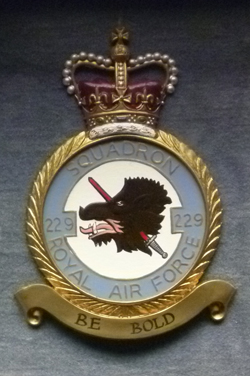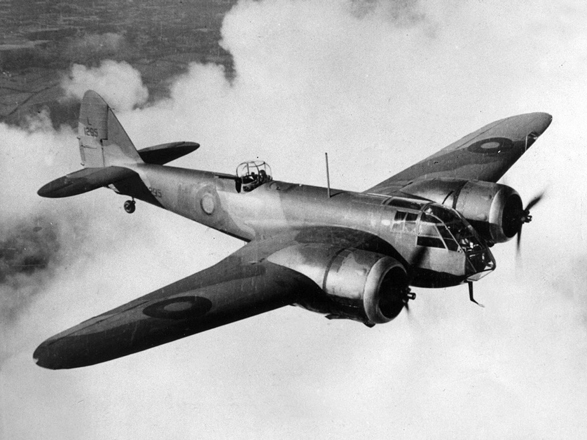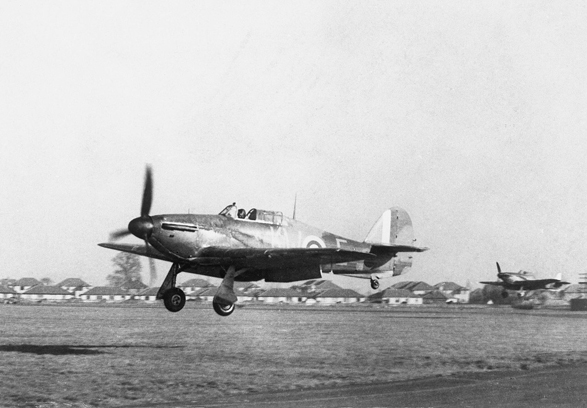In August 1918 the RNAS coastal flights in the Dunkirk area were formed into No. 229 Squadron at Oudezeele. For the rest of World War 1 the squadron flew coastal patrols with Sopwith Baby and Short 184 seaplanes. At the end of the fighting it remained at Oudezeele until January 1919, when it moved to Great Yarmouth. It was now flying Fairey IIIBs and IIICs in place of the Sopwiths. This task was maintained until the end of the year and No. 229 Squadron was disbanded on 31 December 1919.
It re-formed as a fighter squadron at Digby on 6 October 1939. Equipped initially with Bristol Blenheim Mk IFs for shipping protection duties, it began convoy patrols on 21 December but also carried out night training and radar trials. In March 1940, the squadron was re-equipped with Hawker Hurricanes and soon after the German invasion of France in May 1940, sent one flight to reinforce the French-based fighter squadrons for eight days. After flying defensive patrols over the East Coast, No 229 moved to Northolt in September and remained there for the rest of the Battle of Britain.

After that it remained on defensive duties in the Merseyside area until mid-summer 1941 when it went out to Egypt. Its different flights were dispersed amongst the regular squadrons until September 1941, when it began functioning as an integrated unit once more. It operated on fighter patrols over the Western Desert until March 1942 and went to Malta to strengthen the island’s defences. There it re-requipped with Supermarine Spitfire Mk VCs in August, re-forming from No. 603 Squadron then on the island. It fought on defensive duties until early 1943, when it began operating over Sicily. However, it remained in Malta until early 1944 when, with Spitfire Mk IXs, it moved for Sicilian defence.
229 Squadron withdrew to England in April, re-equipped, and flew bomber escort duties for the forthcoming invasion forces, following these with armed reconnaissances over the battle area in France and Belgium. At the end of the year No. 229 became a fighter-bomber squadron with Spitfire LF.Mk 16Es and flew these sorties until 10 January 1945, when it was disbanded as No. 603 Squadron once more at Coltishall.
Squadron Badge: A boar’s head erased, pierced by a sword.
Squadron Motto: “Be Bold”.
Meaning: The badge indicates triumph over a powerful and ferocious enemy.


